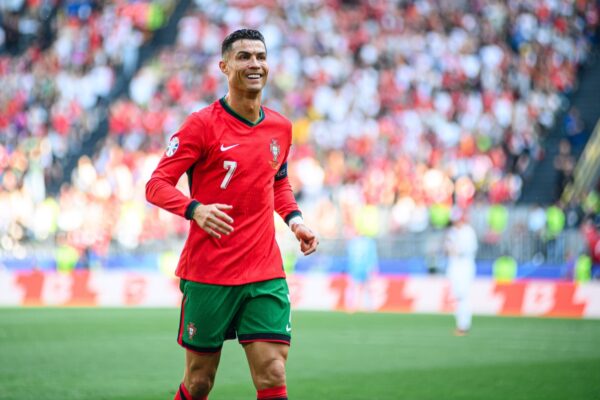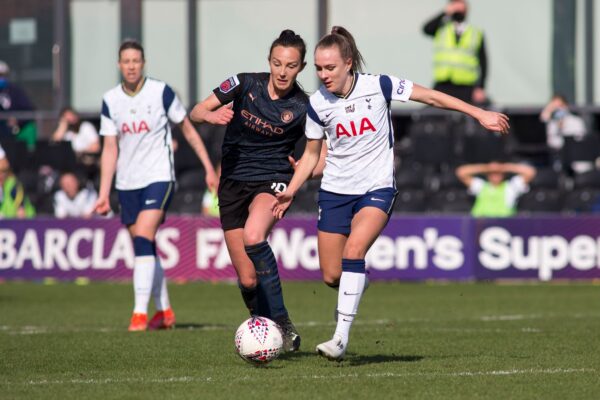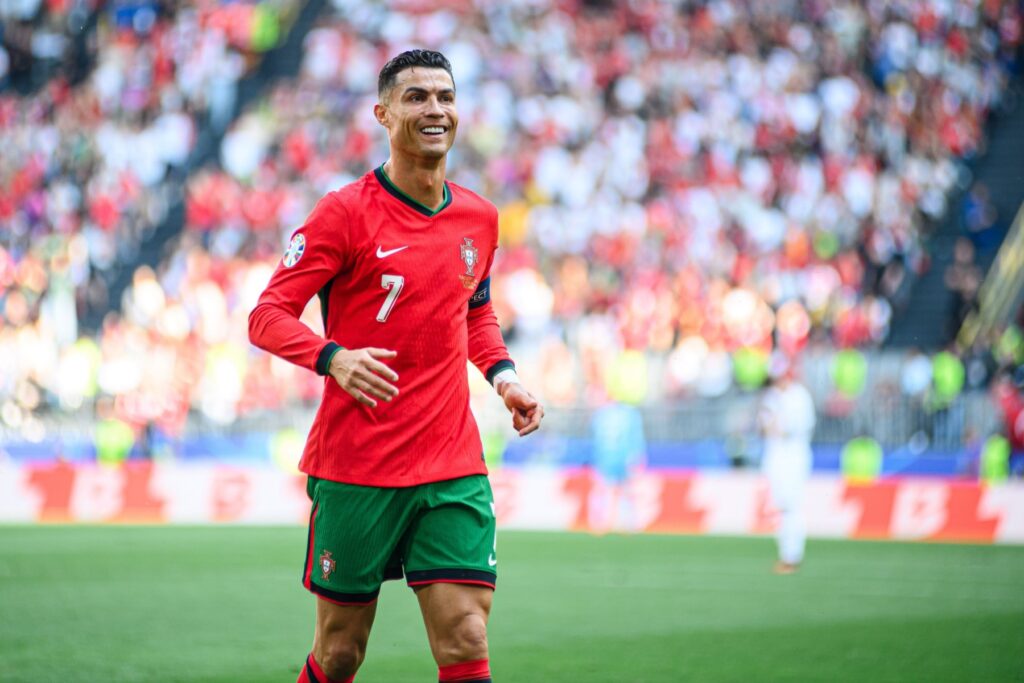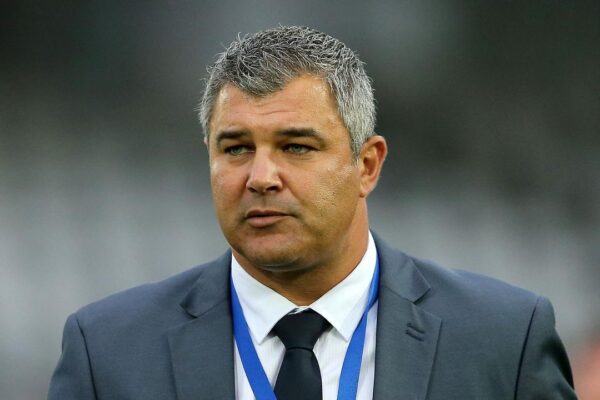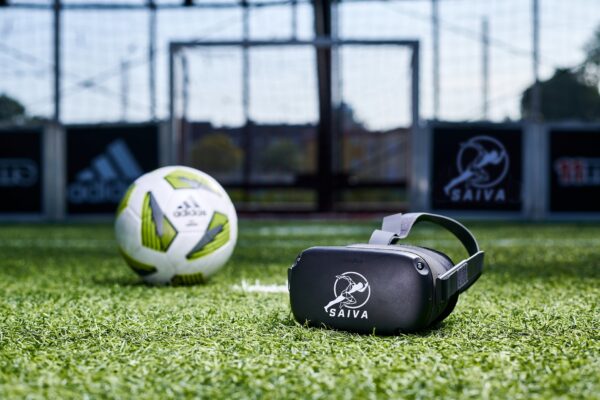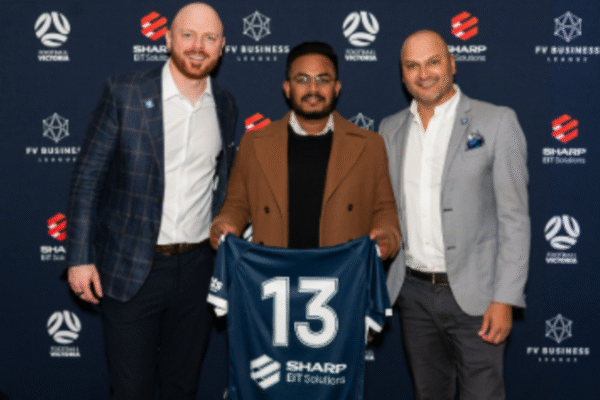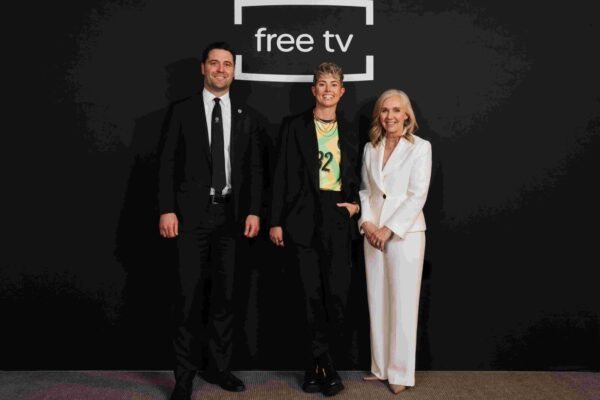
Image Credit: Sydney FC website
The A-League has immense commercial potential, just waiting to be realised.
As Australia’s premier football competition, it has access to a growing fan base and a flourishing global market.
As of late, there is also interest in both the men’s and women’s game. This has been capitalised on to some extent, with steady gains across sponsorship, broadcasting, and ticket sales.
The latest data regarding the A-League’s growth was released in June 2024. Statistical analysis compared the 2023/24 season to previous seasons.
The following was reported:
- Television viewers for the A-League Men’s 2023/24 season were up 53% on Paramount+, 33% on 10 Play and 16% on Network 10.
- Men’s and women’s club memberships increased 31% from the previous season.
- Overall attendance across the A-League Men was up 7% year-on-year, with an average attendance of 8,600.
- The A-League Men Grand Final reached 1.12 million on television, up 12% year-on-year.
- Outbound transfers from A-League Men surpassed AUD 17 million since July 2023, marking a 79% increase on the previous season.
- U23 player minutes in the A-League Men saw a 46% jump year-on-year.
- Local and international sponsorship revenue grew 17%.
- Total social community size grew to 9 million fans, a 44% increase year-on-year.
Despite this growth, the A-League’s true commercial value remains untapped.
A-League sponsorship growth
As mentioned above, the A-League’s sponsorship revenue increased 17% during the 2023/24 season.
The growth in sponsorship revenue can be largely attributed to two key deals: Isuzu UTE as the league’s naming rights sponsor and eToro as the Official Trading and Investing Platform.
Further, in September of 2024 – after the latest A-League sponsorship data was released – SharkNinja was announced as the new naming rights partner of A-League Women.
This partnership highlights the increasing interest in the A-League’s commercial offerings and the growth of the women’s game.
While these developments are promising signs of commercial momentum, they simply do not hold up to what other sports entities are doing in Australia and beyond.
Comparison to other leagues
According to SportBusiness, in 2021, Australia’s top five major sporting bodies collectively generated just under AUD 330 million in sponsorship revenue.
- Tennis Australia: AUD 116.9 million.
- Australian Football League: AUD 76.85 million.
- National Rugby League: AUD 62.8 million.
- Cricket Australia: AUD 53.1 million.
- Rugby Australia: AUD 19.2 million.
While the A-League’s exact sponsorship revenue remains undisclosed, it is considered to fall substantially short of these figures.
With the combined revenue spread across 140 sponsorship deals, it is clear that these sports have a far broader commercial footprint than the A-League.
Currently, the A-League has only 12 sponsors in total; three principal partners, three major partners, three official partners and three broadcast partners.
By comparison, the National Rugby League has 12 major sponsors alone, with a total of 48 commercial partners.
This highlights the need for an expanded sponsorship base.
The A-League is also behind other football leagues.
Of course, it is unrealistic to expect it to compete with industry giants such as the Premier League or La Liga.
However, even smaller leagues are leaving the A-League behind.
The J.League and the A-League share a similarity in that they operate on domestic calendars that are offset from European leagues.
Despite this, the J.League currently has 43 official partners – nearly 4x as many as the A-League.
The official J.League 2024 financial report revealed their sponsorship revenue to be AUD 59.5 million (YEN 5.8 billion), reflecting the discrepancy in commercial scale between the two leagues.
Comparisons to the J.League and major Australian sporting bodies highlight the A-League’s limited sponsorship reach and the resulting constraints to its commercial revenue potential.
Conclusion
Interest in football is undeniable – it is the most popular sport in the world and the most widely played team sport in Australia.
Following the success of the Matildas in the 2023 FIFA Women’s World Cup, women’s football is also on everyone’s radar.
The men’s and women’s games are attracting a growing audience, and the global market is at an all-time high.
The A-League’s commercial footprint over the last five years suggests it has capitalised on this to some extent.
However, more needs to be done. It is still trailing too far behind other sports in Australia and overseas football leagues.
The right steps need to be taken to fully capitalise on the A-League’s commercial potential and strengthen the status of football in Australia.
In a sense, the A-League is a dormant strength, with the potential to make big waves in Australia’s sporting landscape.
Now is the time to tap into that potential.





